The 12 principles of Agile companies, inspired by the Agile Manifesto, guide organizations in fostering a flexible, adaptive, and customer-focused approach to business. These principles are:
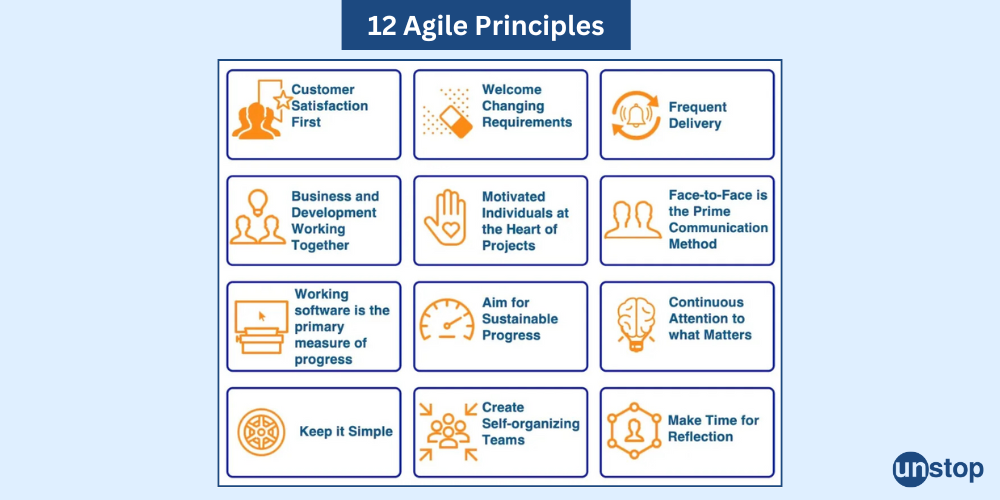
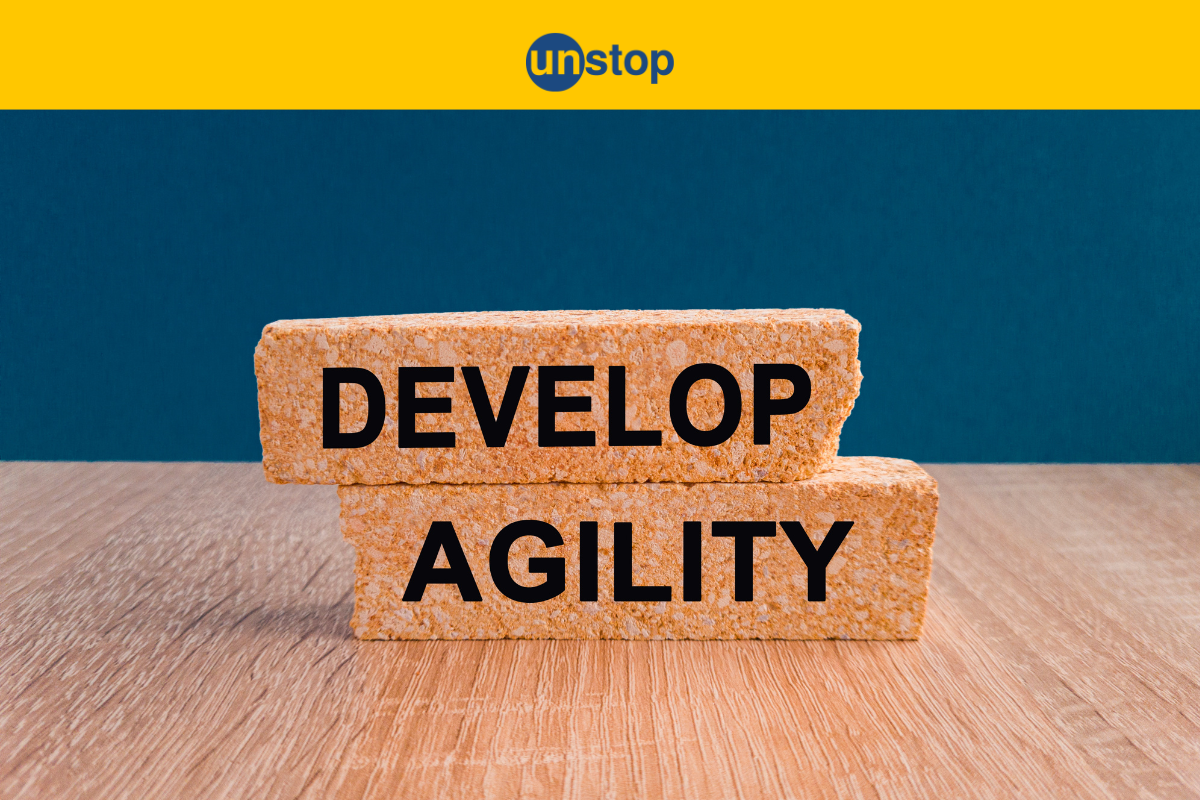
Agility, in its purest form, is the ability to move quickly and easily. In the realm of business, it translates into an organization's capacity to adapt, renew, and alter itself rapidly to succeed in a dynamic and unpredictable marketplace. Once a luxury, agility has now become a non-negotiable trait for businesses to survive and thrive.
The contemporary business landscape, characterized by rapid technological advancements, shifting consumer preferences, and unforeseen global disruptions, demands a level of responsiveness that traditional hierarchical structures simply cannot match. Companies are recognizing that their ability to pivot, innovate, and capitalize on opportunities hinges on their agility. As a result, the pursuit of organizational agility has emerged as a top priority across industries. Let’s delve deeper into the essentials of organizational agility and understand how this attribute is pivotal for companies seeking sustained success.
Organizational agility refers to a company's ability to respond quickly to changes. It involves adapting to market demands, customer needs, and technological advancements. In other words, organizational agility involves the capacity to pivot, innovate, and adapt swiftly in response to internal and external disruptions. It requires a flexible organizational structure, a culture of training and development, and the ability to make quick decisions based on data and insights.
Agility holds great importance in the modern marketplace. Businesses face constant disruptions from competitors and global events. For instance, the COVID-19 pandemic in 2020 forced many companies to rethink their operations overnight. Those with agile frameworks adapted better than others. They shifted to remote work and adjusted product lines swiftly.
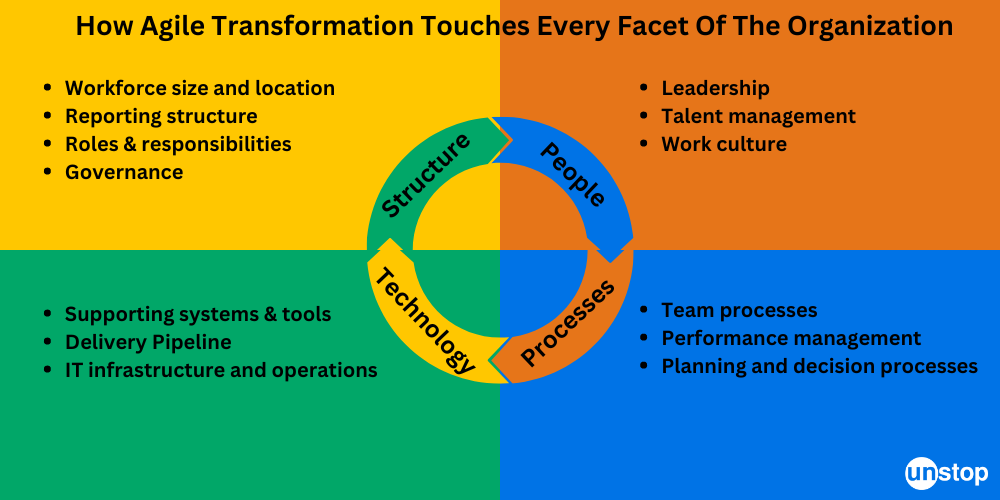
Organizations face constant change. Market conditions shift rapidly due to technology and consumer preferences. Organizational agility allows businesses to respond quickly. This adaptability gives them a competitive edge. Agile organizations can pivot strategies based on real-time data.
Example: Amazon uses customer feedback and market trends to make quick adjustments. Amazon's rapid adaptation has allowed it to maintain a leading position in various markets, from e-commerce to cloud computing.
Agile organizations emphasize faster decision-making processes. Teams operate with less hierarchy and more collaboration. This method encourages employees at all levels to contribute ideas. Decisions made closer to the action tend to be more informed.
Example: Spotify uses Agile methodologies within its product development teams. This approach has led to the rapid development and release of popular features like personalized playlists.
An agile organization prioritizes customer needs. Understanding these needs is crucial for success. Businesses that adapt quickly can meet changing demands effectively.
Example: Netflix analyzes viewer preferences to tailor content. This customer-centric approach has increased viewer engagement and loyalty.
Organizational agility plays a critical role in risk management. Agile organizations can identify potential risks early and implement strategies to mitigate these risks promptly.
Example: Zara adapts its supply chain to fast-changing fashion trends. This minimizes the impact of market fluctuations, maintaining a competitive edge in the fashion industry.
Agility fosters a culture of innovation within organizations. Teams are encouraged to experiment and take calculated risks, leading to creative solutions and new product development.
Example: Google promotes innovation through its 20% time policy that encourages employees to spend 20% of their work hours on personal projects. Products like Gmail and Google News emerged from this policy, demonstrating the power of an agile, innovative culture.
Sustainable business practices align well with organizational agility. Agile organizations are more adaptable to environmental changes and regulations and incorporate sustainability into their core strategies.
Example: Unilever integrates sustainability into its operations. Attracts environmentally conscious consumers and enhances long-term viability.
In a survey conducted by McKinsey, highly successful agile transformations led to around 30 per cent gains in efficiency, customer satisfaction, employee engagement, and operational performance. It made companies five to ten times faster, and promoted innovation.

Enhancing agility requires a strategic approach that involves a combination of organizational culture, processes, and technology. Here are some strategies that companies can follow:
By implementing these key strategies, organizations can enhance their agility and position themselves for long-term success.
Traditionally, HR was viewed as a support function, primarily concerned with administrative tasks such as hiring, payroll, and compliance. However, in an agile organization, HR must evolve into a strategic partner, directly contributing to business goals and outcomes. This involves aligning HR strategies with the overall business strategy, ensuring that the organization's talent, culture, and capabilities support agility.
A key role of HR in organizational agility is to build a workforce that is flexible, adaptive, and capable of thriving in a fast-paced environment. This begins with recruitment and selection processes that prioritize candidates with not only the necessary technical skills but also qualities such as adaptability, resilience, and a growth mindset.
HR can further enhance workforce agility through continuous learning and development programs. In an agile organization, employees must be encouraged to upskill and reskill regularly to stay relevant. HR should design and implement training programs that foster a culture of continuous learning, enabling employees to acquire new skills quickly and apply them in real time.
Moreover, HR can promote cross-functional collaboration and mobility within the organization. By encouraging employees to work on diverse projects and in different roles, HR can help them develop a broader skill set and a deeper understanding of the business, making them more versatile and adaptable.
Leadership is a critical component of organizational agility, and HR has a vital role in developing agile leaders. Agile leaders are those who can inspire and guide their teams through periods of change and uncertainty. They are characterized by their ability to make swift decisions, embrace ambiguity, and lead with empathy and resilience.
HR can enable agile leadership by designing leadership development programs that focus on building these qualities. This could involve training in adaptive leadership, emotional intelligence, and change management. Additionally, HR should work on succession planning to ensure a pipeline of agile leaders who can take on key roles as the organization evolves.
HR can also support leaders by providing them with the tools and resources they need to manage change effectively. This could include data-driven insights, access to real-time information, and coaching or mentoring programs that help leaders navigate complex situations.
In an agile organization, the use of HR technology and tools is crucial for enabling agility. HR technology can streamline processes, enhance communication, and provide real-time data that supports decision-making. For example, cloud-based HR systems can facilitate remote work, virtual collaboration, and instant access to critical information, all of which are essential for maintaining agility in today’s fast-paced business environment.
HR analytics is another important tool that can help organizations remain agile. By leveraging data and analytics, HR can gain insights into workforce trends, employee engagement, and performance metrics. This information can be used to make informed decisions about talent management, resource allocation, and organizational development, ensuring that the organization remains responsive to changes in the external environment.
By acting as a strategic partner, building a flexible and adaptive workforce, cultivating an agile culture, enabling agile leadership, and leveraging HR technology, HR can help organizations navigate the complexities of the modern business landscape. As the business environment continues to evolve, HR’s role in promoting agility will become increasingly important, positioning organizations to not only survive but thrive in the face of change.
Organizations face constant change. Adapting to these changes is crucial for success. Change management involves preparing, supporting, and helping individuals and teams in making organizational change. It requires clear communication and a structured approach. Companies must identify the need for change and develop a plan to address it.
Effective change management practices can lead to better outcomes. For example, businesses that focus on employee engagement during transitions often see higher success rates. Employees who understand the reasons behind changes are more likely to support them. This support can minimize resistance and foster a positive environment.
Decision-making is at the heart of implementing strategic changes. Leaders must evaluate options carefully before proceeding. They should consider various factors like resources, timelines, and potential impacts. Utilizing data-driven insights can enhance decision quality.
In 2020, many companies faced sudden shifts due to the pandemic. Organizations had to make swift decisions regarding remote work, supply chain adjustments, and customer engagement strategies. Those that relied on data analysis were able to pivot effectively. They adapted their business models to meet new demands.
Business agility refers to an organization's ability to respond quickly to market changes. It involves being flexible and proactive rather than reactive. Agile organizations can adjust their strategies based on customer feedback or industry trends.
For instance, tech companies often thrive on agility. They frequently release updates and new features based on user input. This responsiveness keeps them competitive in a fast-paced environment. Organizations must prioritize agility in their strategic planning to remain relevant.
Implementing strategic changes requires effective decision frameworks. These frameworks guide leaders through the decision-making process. Common frameworks include SWOT analysis (Strengths, Weaknesses, Opportunities, Threats) and the PESTLE analysis (Political, Economic, Social, Technological, Legal, Environmental).
By using these tools, leaders can assess internal and external factors impacting their organization. This insight helps clarify priorities and informs strategy development. A well-defined framework can streamline the decision-making process.
Continuous improvement is essential for long-term success. Organizations should regularly review their processes and outcomes. This practice allows them to identify areas for enhancement.
Feedback loops play an important role in continuous improvement. Gathering input from employees and customers helps organizations refine their strategies. Regular assessments ensure that businesses stay aligned with changing market conditions.
Measuring success in organizational agility requires clear metrics. Organizations need to define what agility means for them. Common metrics include customer satisfaction, speed of delivery, and team collaboration. Each metric provides insights into how well an organization adapts to change.
Companies often use specific tools to track these metrics. Surveys can gauge customer satisfaction levels. Feedback loops help teams understand their performance. Regular assessments reveal areas needing improvement.
Many organizations have shared their agile success stories. For instance, Spotify transformed its operations by adopting agile practices. The company improved its product delivery speed significantly. This change led to increased user engagement and satisfaction.
Another example is ING Bank. They adopted agile methods to enhance responsiveness to market changes. As a result, they reduced project delivery times by 30%. These stories illustrate the potential of agility in various sectors.
Driving agility involves promoting a culture of continuous improvement. Leaders play a crucial role in this process. They must encourage experimentation and support teams during failures. This approach helps build resilience within the organization.
Training programs can also drive agility. Workshops focused on agile methodologies equip teams with necessary skills. Organizations that invest in training often see better outcomes.
Fitness box scores are effective tools for measuring agility potential. They provide a snapshot of an organization's performance across different areas. Key indicators may include team health, project progress, and stakeholder engagement.
These scores help identify strengths and weaknesses in agility practices. Organizations can make informed decisions based on the data collected. Regular updates to fitness box scores ensure ongoing improvement.
Organizational agility is the cornerstone of success in today's business environment. It enables companies to adapt swiftly to market shifts, innovate continuously, and respond effectively to emerging opportunities.
Agility is not just a strategy but a mindset that permeates every aspect of the organization—from leadership and culture to processes and technology. By promoting a flexible and resilient workforce, embracing a culture of continuous learning and innovation, and leveraging advanced tools and data, organizations can build the capacity to pivot quickly and efficiently. Ultimately, those that prioritize and cultivate agility are better positioned to achieve sustainable growth, remain competitive, and thrive amid uncertainty and change.
Organizational agility refers to a company's ability to rapidly adapt to market changes and customer demands. It enhances responsiveness, innovation, and efficiency, enabling businesses to thrive in dynamic environments.
Organizational agility is crucial for staying competitive. It allows companies to respond quickly to disruptions, seize opportunities, and foster a culture of continuous improvement and innovation.
Organizations can enhance agility by adopting flexible structures, encouraging cross-functional collaboration, utilizing technology for real-time data access, and fostering a culture that embraces change and experimentation.
Market sensing involves gathering insights about customer needs and market trends. By understanding these factors, organizations can adapt their strategies swiftly, ensuring they remain relevant and competitive.
Suggested Reads:
As a biotechnologist-turned-writer, I love turning complex ideas into meaningful stories that inform and inspire. Outside of writing, I enjoy cooking, reading, and travelling, each giving me fresh perspectives and inspiration for my work.
And access exclusive content, personalized recommendations, and career-boosting opportunities.
to our newsletter
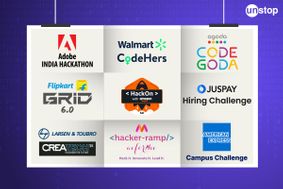

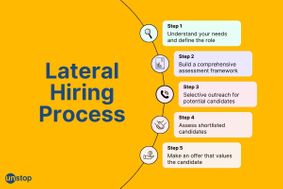
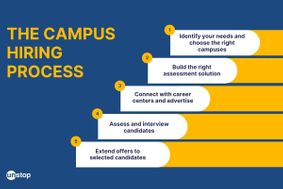
Comments
Add comment